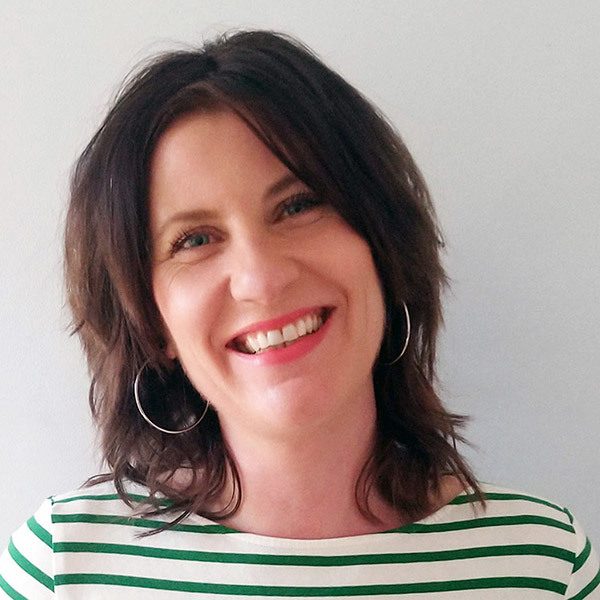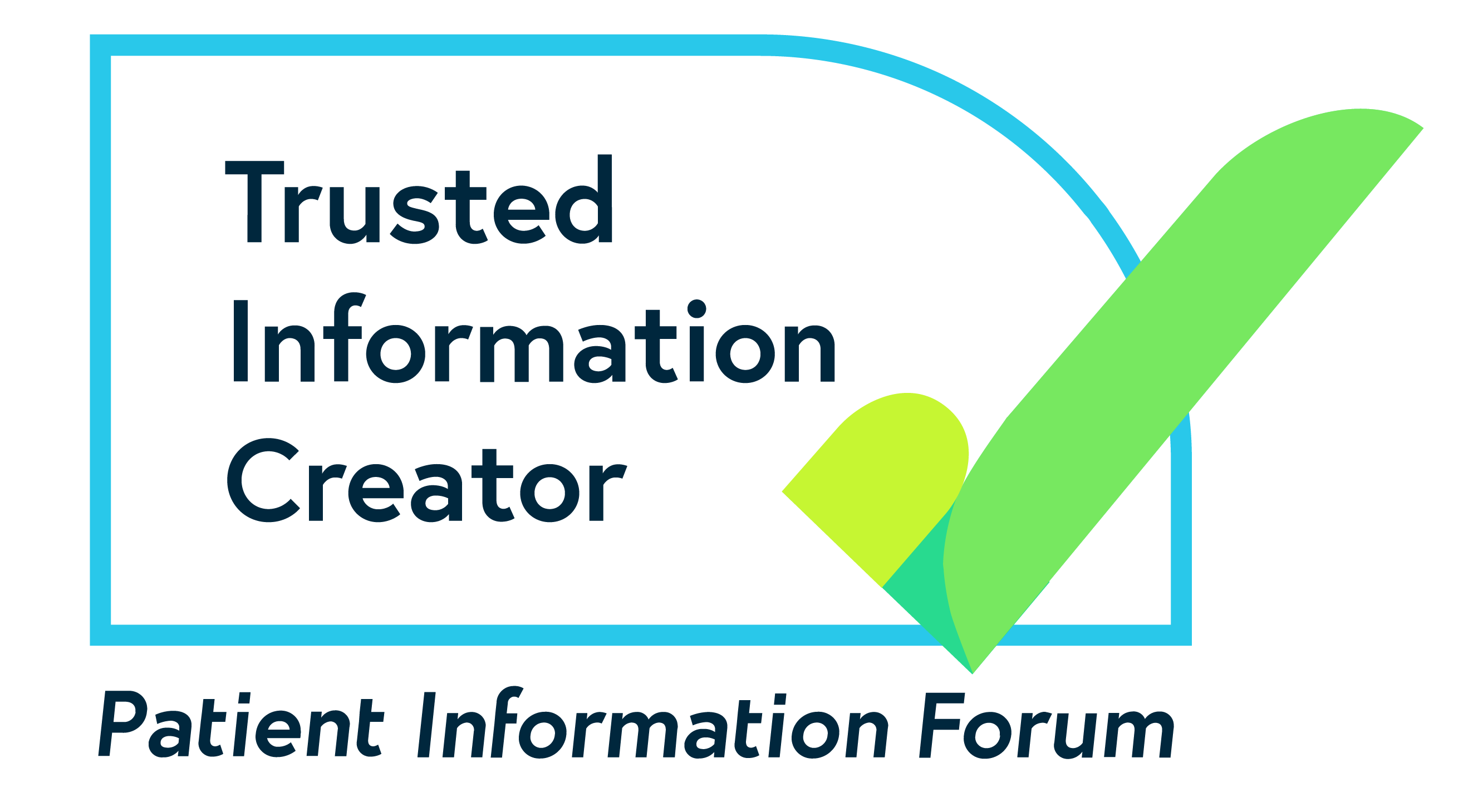All babies are different, so remember that this is a rough guideline. It's perfectly normal for a baby to show his first tooth as early as four months, or as late as 15 months (AAP 2009). A few babies are even born with a tooth (NHS 2016a)! Your child should be between two and a half years old and three years old before he has a full set of first milk teeth (Harding 2016). It’s worth bearing in mind too, that if your baby was born prematurely or had a low birth weight his teeth are likely to come through later (AAP 2009).
 Baby
Baby
Five months (typical: four to seven months)Teething starts. Your baby's gums may be swollen and red where his new teeth are coming through (NHS 2016a). He might be chewing on things more than usual and, depending on his skin colour, one cheek might be red (NHS 2016a). Some babies find teething painful and others don’t, but your baby may be generally unsettled (NHS 2016). He may dribble quite a bit too (NHS 2016a). You'll probably need to give lots of cuddles and comfort.
Did you know? As soon as your baby's first tooth comes through, you'll need to get into the habit of tooth brushing (Better Health 2017).
Six months (typical: five to 10 months)
Your baby's first teeth come through, usually on the bottom in the middle (NICE CKS 2014). These are called lower central incisors. These two teeth arrive at about the same time (AAP 2009).
Quick tip: Some babies get lots of relief from using a teething ring. These are safe for your baby to chew on and come in all shapes and sizes, including ones that you can chill in the fridge. They may help to ease discomfort and distract your baby from any pain (NHS 2016b).
Seven months (typical: six to twelve months)
Your baby’s two middle teeth at the top (the upper central incisors) come through (NICE CKS 2014).
Quick tip: Teething troubles? Once your baby is more than six months, you can feed him cold foods straight from the fridge, to give him some relief (NHS 2016a). Try fruit and veg such as cold banana and cucumber.
Nine to 16 months (typical: nine to 12 months)
Your baby’s top teeth right next to the middle teeth (upper lateral incisors) make their appearance. Bottom teeth right next to the middle teeth (lower lateral incisors) come next (NICE CKS 2014).
Did you know? Teeth usually come through in pairs, with two on the right and two on the left. See in pictures when your baby's teeth will come through. It takes about eight days for teething to come and go for each tooth. Symptoms develop about four days before the tooth appears and then last for about four days afterwards (Better Health 2017).
 Toddler
Toddler
14 months (typical: 12 to 19 months)The first molars come in on the bottom and the top at about the same time (NICE CKS 2014). Molars are the flat teeth at the back of your baby’s mouth that crush and grind food.
Did you know? Primary teeth, or baby or milk teeth, are brighter white and smaller than permanent teeth (AAP 2009).
18 months (typical: 16 to 23 months)
Your baby’s canine or cuspid teeth, come through on the top and bottom (NICE CKS 2014). These are sharp pointed teeth used for tearing food.
26 months (typical: 20 to 33 months)
The very back teeth, or second molars, grow through the bottom and top gums (NICE CKS 2014).
Two and a half to three years
Your child has a full set of 20 primary teeth, also known as baby teeth or milk teeth (Harding 2016, Better Health 2017).
 Preschooler
Preschooler
Four yearsYour child's jaw and the bones in his face grow to make space between the milk teeth for the permanent, adult teeth to come in (AAP 2009). Your child's first teeth usually start to fall out at around the age of six or seven and start to be replaced by their permanent teeth. Girls usually lose their first teeth earlier than boys and it’s often one of the front teeth at the bottom that goes first (Better Health 2017).
Ask for help if... Your toddler doesn't show any signs of a tooth by his first birthday, mention it to your health visitor. Every child is different and some toddlers don't sprout a tooth until several months after this and still catch up without a problem (Better Health 2017).
Think your little one might be teething? Check his symptoms against our teething photo guide, or get more tips on how to soothe your teething baby and help him feel better.
Visit our community
Is your baby's teething making bedtime hard for both of you? Sharing your problems with other parents in our friendly BabyCentre community could be just what the doctor ordered.References
AAP. 2009. A pediatric guide to children's oral health. Elk Grove Village, IL: American Academy of Pediatrics. [Accessed June 2018]Better Health 2017. Teeth development in children. Department of Health & Human Services, Victoria. www.betterhealth.vic.gov.au. [Accessed June 2018]
Harding M. 2016. Teething. Patient UK. www.patient.co.uk [Accessed June 2018]
NHS. 2016a. Baby teething symptoms. NHS Choices Health A-Z: pregnancy and baby. www.nhs.uk [Accessed May 2018]
NHS 2016b. Tips for helping your teething baby. NHS Choices Health A-Z: pregnancy and baby. www.nhs.uk [Accessed May 2018]
NICE CKS. 2014. Teething: stages of teething. National Institute for Health and Care excellence, Clinical Knowledge Summaries. cks.nice.org.uk [Accessed May 2018]

















